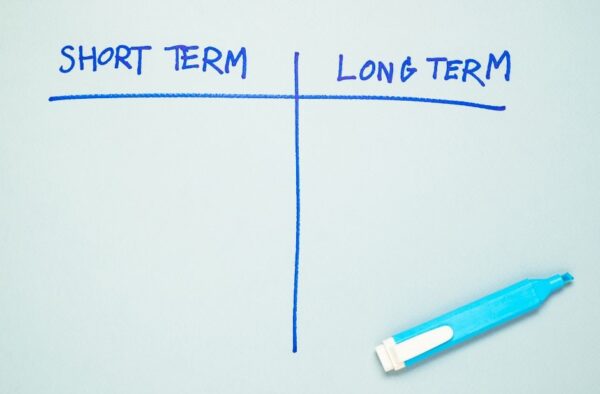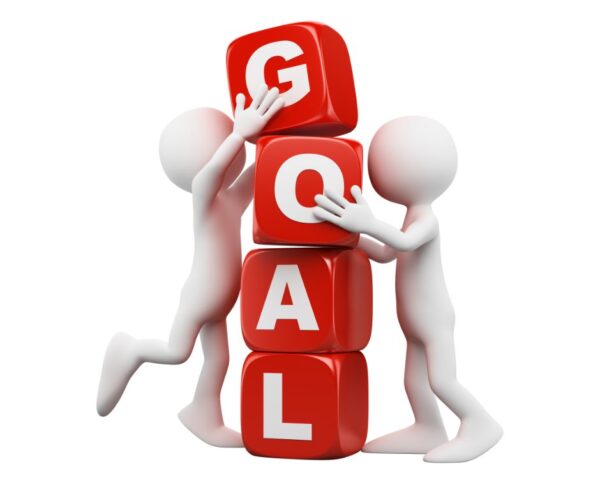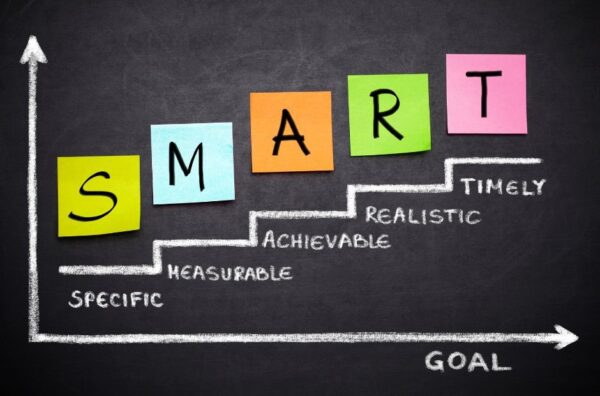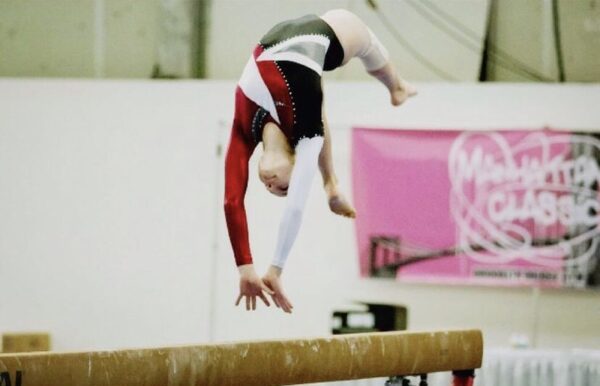
Mental Performance Coach Natalie Gurnett, on goal setting for gymnasts throughout the year.
Goal setting is a powerful tool that can help gymnasts take control of their training and stay motivated. Whether you’re aiming for a personal best or competing at a high level, having clear goals provides direction and keeps you focused. In this blog post, we’ll explore how to set effective goals for both short-term and long-term success, the difference between process and outcome goals, and how to create SMART goals.
Short-Term vs. Long-Term Goals
Short-Term Goals: These are the goals that gymnasts work toward on a daily, weekly, or monthly basis. Short-term goals allow you to make measurable progress in the short run and give you a sense of accomplishment as you check them off. Examples include mastering a new skill or improving flexibility.
Long-Term Goals: These are your big, overarching goals—such as making the national team or qualifying for a major competition. Long-term goals give you a sense of purpose and are often the result of sustained effort over months or even years. However, they can seem overwhelming without breaking them down into smaller, achievable steps.

Process vs. Outcome Goals
When setting goals, it’s important to understand the distinction between process and outcome goals.
Outcome Goals: These focus on the end result. Examples include winning a competition or earning a certain score. While outcome goals are motivating, they can be beyond your immediate control and may lead to frustration if things don’t go as planned.
Process Goals: These focus on the steps and behaviors that lead to the desired outcome. For example, improving technique, increasing strength, or practicing consistency. Process goals are much more within your control and can help build confidence, as they focus on the actions you can take every day to improve.
Why Process Goals Are More Efficient: Focusing on process goals helps gymnasts stay grounded and proactive. Instead of worrying about the final score or placement, you can focus on your daily actions that directly contribute to your improvement. This helps avoid burnout and frustration, and it builds confidence over time.

Creating SMART Goals
To create goals that are clear and achievable, consider using the SMART framework. SMART goals are:
- Specific: Clearly define the goal.
- Measurable: Establish how progress will be tracked.
- Achievable: Make sure the goal is realistic based on current skill level.
- Relevant: Ensure the goal aligns with your long-term objectives.
- Time-bound: Set a deadline for completion.

Example of a SMART Goal for Gymnasts:
Goal: “I will increase my vault height by 10% in the next two months by practicing my approach and take-off technique three times a week.”
This goal is specific (increase vault height), measurable (by 10%), achievable (given current skill level), relevant (helps improve overall performance), and time-bound (within two months).

My Personal Experience with Goal Setting
When I was a gymnast, goal setting was a critical part of my training. I made it a habit to set daily goals, which helped me manage mental blocks and stay in control of my practices. For example, I’d focus on specific aspects of my technique, like maintaining a tight body position on bars, or working through mental barriers during my series on beam. Writing down these goals gave me clarity and focus, and it was an effective way to monitor my progress.
By setting short-term goals every day, I could see gradual improvements, which in turn boosted my confidence and helped me build momentum for larger goals. These daily goals not only kept me on track but also allowed me to celebrate small successes, making the bigger picture seem more achievable.

Using the Goal Setting Template
Now that you know how to set goals, use this template to create your own:
- Ultimate Goal (Long-Term):
- Example: Make the national team by next year.
- Seasonal Goals:
- Example: Compete in at least three competitions this season.
- Monthly Goals:
- Example: Master a new skill in my floor routine by the end of the month.
- Weekly Goals:
- Example: Focus on increasing flexibility and strength with a 3-day weekly schedule.
- Daily Goals:
- Example: Practice vault technique for 30 minutes, focusing on take-off position

Natalie Gurnett is a former gymnast turned mental performance coach, and is founder of Psych Me Up Consulting.